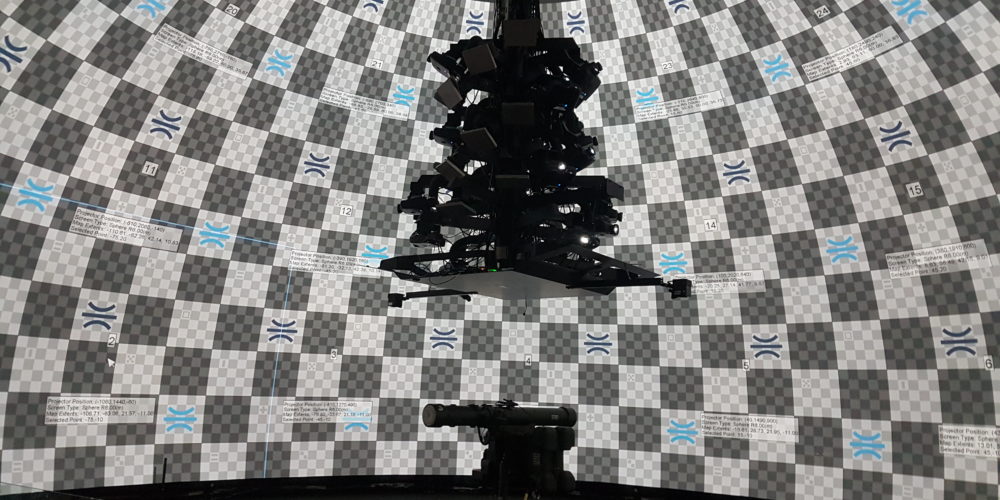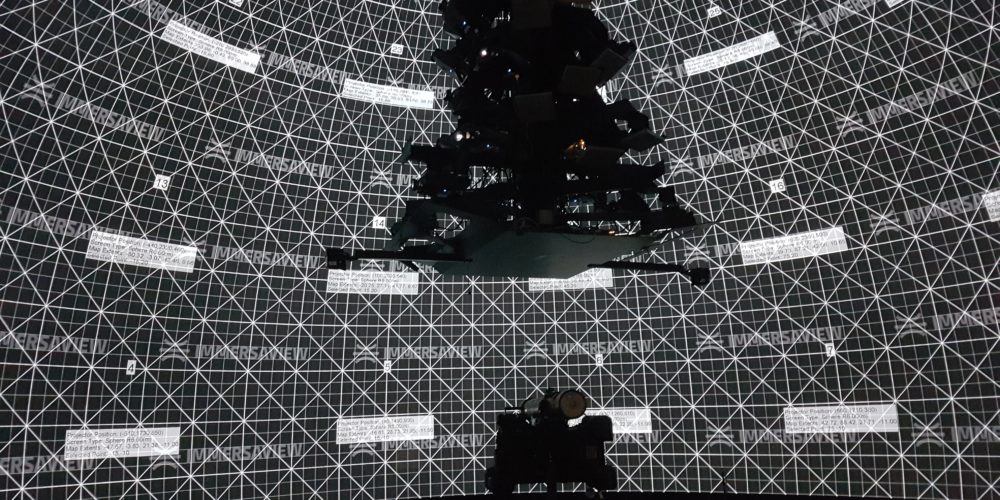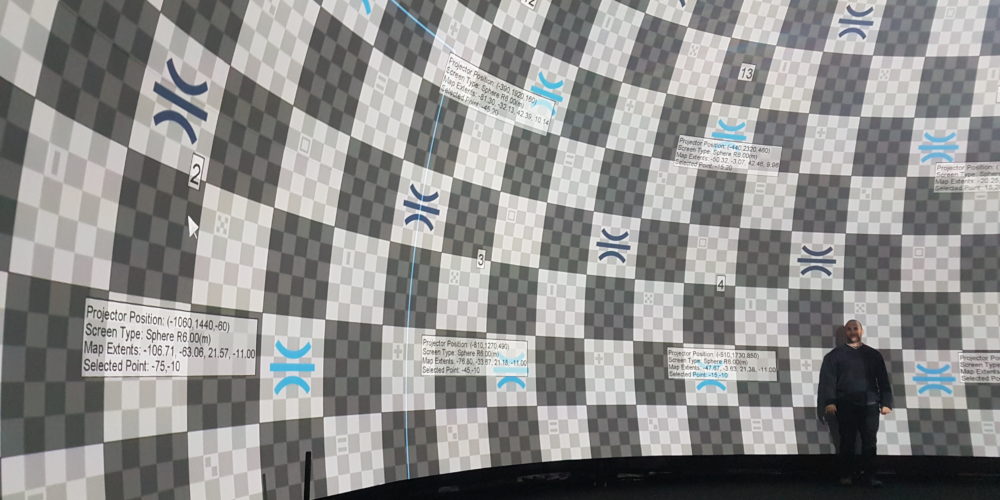
ImmersaView partnered with BAE to provide a through life upgrade of the AADS visual system.
BAE has provided training at the Advanced Air Defence Simulator (AADS) at Woodside Barracks to the Australian Army for Ground Based Air Defence (GBAD) since the early 2000’s. As a part of this training, its vital for trainees to be able to visually identify incoming aircraft.
The display, therefore, requires a high-fidelity visual system to identify various aircraft at far away distances. Integrated with a simulated RBS70 man-portable air defence launcher, the simulator provides a high level of realism, reducing the number of live fire exercises.
ImmersaView partnered with BAE to provide a through life upgrade of the AADS visual system.
Company Snapshot
-
Company BAE Systems (BAE)
-
Industry Defence, security, and aerospace
-
Founded 1999
-
HQ London UK
-
Operations Keeping critical information and infrastructure secure across the air, maritime, land and cyber domains
The Challenge
To enable four soldiers to be immersed in a realistic training environment with a single, seamless projected display.
ImmersaView supplied consultation, projector evaluation, optical designs, and software installation services for 12-metre high projection dome facility where air defence training is taking place.
The training facility using SimVisuals enabled four soldiers to be immersed a realistic training environment with a single, seamless projected display across 27 projectors. Using SimVisuals’ RapidCal feature with automatic calculated blending, the system was aligned, accurately, quickly and efficiently.
The dome screen has training scenarios projected on it from 27 projectors in arranged in 3 rows of 9, all mounted from a central chandelier structure. The total projected image covers 270 horizontal degrees of the 12m dome.
The challenge on the AADS at Woodside is the sheer number of projectors and the overall time taken to align each one. To have a clear image, each projector must be accurately aligned with the overlapping projectors. Any changes to the image of one projector affect the surrounding images which then need to be adjusted to match accordingly. Some of the areas have 4 overlapping projectors. Manual calibration was very time-consuming and could take a long time to correctly align all 27 projectors.
The Solution
To speed up the calibration process, an enhanced feature of SimVisuals called RapidCal was used.
Using the existing led lights embedded in the dome screen as reference points and a description of the screen geometry, RapidCal warps each projector's image to fit the shape of the screen with minimal inputs. An initial calibration with reasonable accuracy can be achieved extremely quickly. Final alignment is also faster than manual calibration as fewer control points are required for each projector due to the known underlying screen information.
Technical Specifications
- 27 Channels of SimVisuals using the rapid calibration feature from ImmersaView
- 27 F22 Projectors from Barco
- VBS3, a comprehensive training application by Bohemia Interactive Simulations
- Developed and delivered by BAE Systems Australia
The Results
“The AADS was developed to train and hone the Army's RBS 70 detachments without the costs associated with having to train with live fire, which is very expensive. To date we've had more than half a million simulated firings at the dome, providing the Army around $10 billion in cost savings."
BAE Systems project manager, Stephen Baldock
Thanks to upgrading the projectors and upgrade to the latest version of SimVisuals, BAE Systems were able to deliver the higher quality graphics, and a vast improvement in the overall visual system.
The story was also featured in Australian Financial Review: Gaming technology helping to contain cost of training



